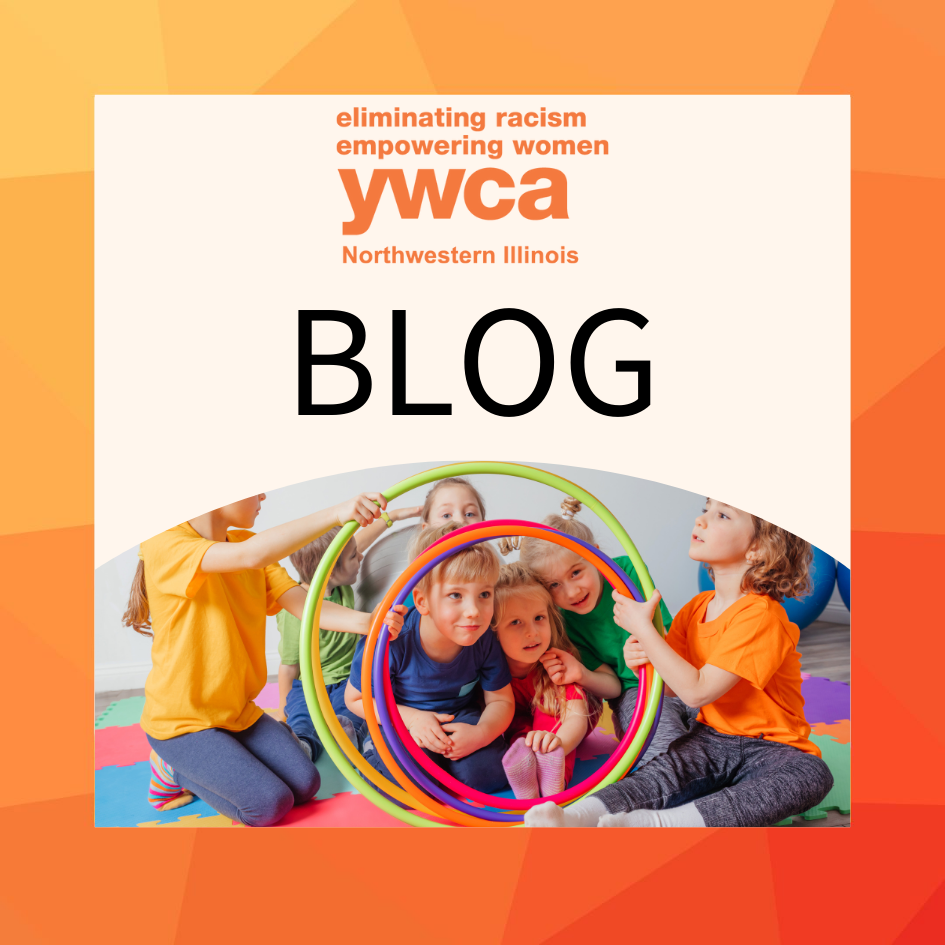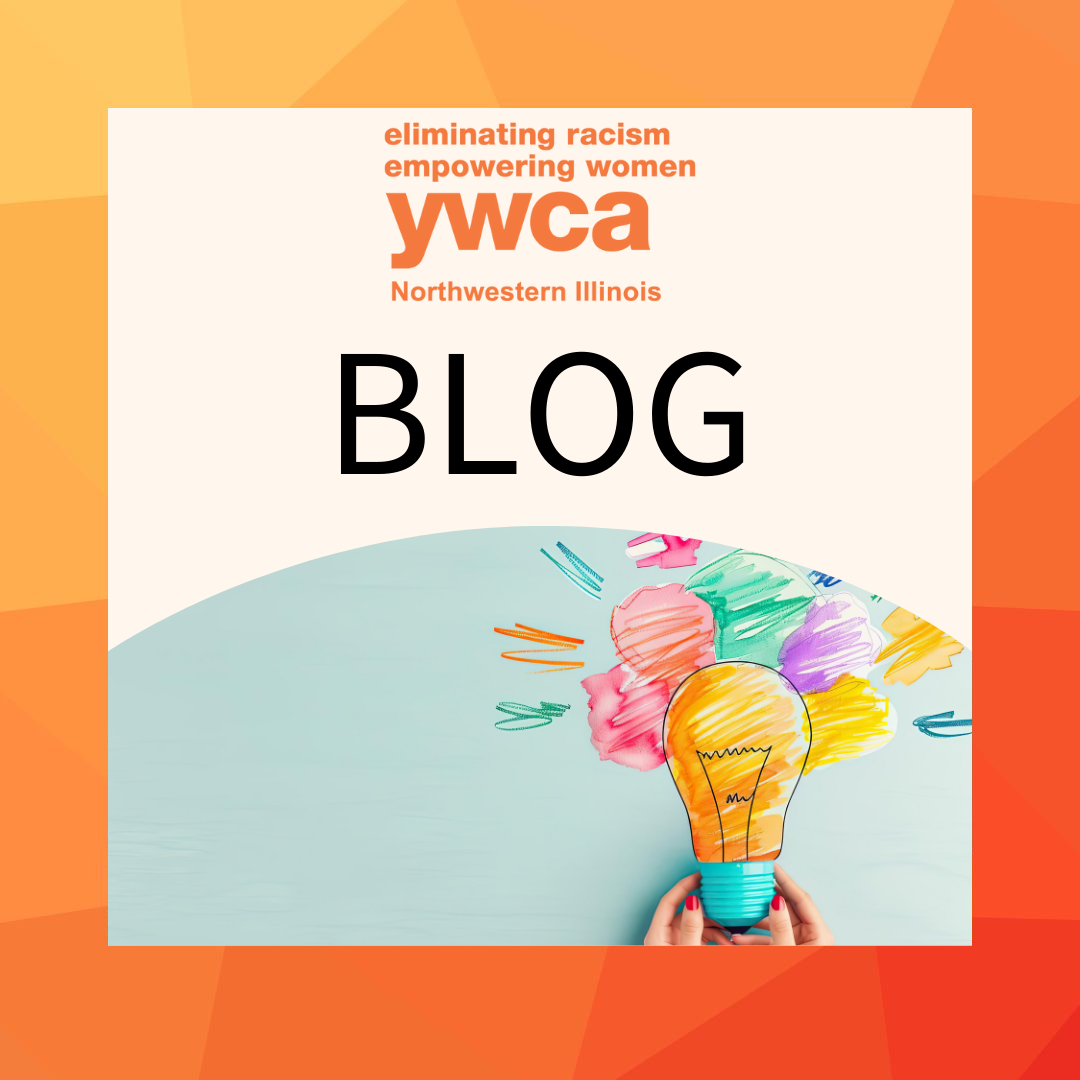Most of us have early memories of being physically active. These may have been occasions when we rode bikes, chased balls, spent time in nature, or actively played with the people in our lives. Kids need to be physically active for their health as well as for many other aspects of their development.
Physical activity can be defined as any movement of the body made by muscle effort that uses energy above the normal resting level. With this definition, we see infants involved in physical activity as they move their bodies, limbs, and eventually make efforts to roll over, hold their heads up, and even start to crawl. The progression of a child’s physical development becomes more complex as they grow older.
Active play, or gross motor play, uses large muscles. Our heart rates rise, and our breathing patterns may deepen during active play. Large muscle movements are a part of toddler and preschool active play, enabling kids to run, skip, hop, and jump without any restrictions.
In addition to developing strong muscles and bones, physical activity helps with:
Cognitive development, socializing, and attentiveness: Children practice skills like cooperating, listening to directions, and handling conflict while also stimulating brain activity and providing a means of navigating their surroundings.
Gross motor skill development: Getting enough exercise helps kids reach motor development milestones that include creeping, crawling, standing, balancing, walking, climbing, and sprinting. Engaging in physical activity encourages the growth of core muscles in the back and abdomen. For children to sit upright, they require strong core muscles. Having proper posture is crucial for the development of fine motor abilities, which include writing and using a pencil or crayon.
Social-emotional development: Playing actively has a positive impact on behavior and emotion management, as well as the development of self-control. Children negotiate rules and adjust their behaviors to fit in during play. They make critical decisions regarding their bodies, movement, and self-esteem when engaging in physical activities. We don’t keep up our physical activity levels if we don’t find it enjoyable and feel somewhat successful. Children (and adults) can lower their stress levels and start to relax when they physically exert themselves, especially if they are having fun.
Children need many opportunities to practice their active play through different movements and levels of difficulty, in both indoor and outdoor settings. Tummy time should begin at birth. Infants should be given many opportunities to have supervised tummy time every day while awake. Start with a few minutes at a time and try to work up to an hour a day in short intervals by the end of 3 months. It prepares infants for sliding on their bellies and crawling and helps build upper body muscles. Engage them on the floor and verbally encourage exploration and free movement.
Preschoolers explore their ever-expanding world with their whole bodies as they use their senses and movements. Preschoolers need more time allocated for physical activity daily than toddlers. They typically have more stamina and have developed motor skills that support movement for increased durations of time.
So, how can you help your child become more physically active?
For Non-Mobile Infants: Physical activity for non-mobile infants can be encouraged through gentle movements and interactive play.
- Gently touch and move their arms and legs.
- Guide them to roll, safely help them stand and hold them briefly.
- Rock and sway to music while holding them.
- Playfully move their arms and legs during diaper changes or dressing.
For Toddlers: Toddlers benefit from short, simple, engaging activities that promote physical activity and movement.
- Engage them by playing follow the leader or creating small obstacle courses.
- Use books and songs that promote physical activity.
- Push a laundry basket or large box.
- Roll and kick large balls.
- Use pool noodles to sweep balloons across the floor.
- Move like animals (ex. Hop like a bunny, slither like a snake).
For Children: Children can be encouraged to be physically active through structured play and the use of portable play equipment.
- Lead activities like bean bags, soft balls, scarves, hula hoops, bikes and ribbons.
- Make games fun and slightly challenging.
- Try games like Catch & Clap (child claps before catching the object) or Indoor Skating (glide using a cloth or felt square underfoot).
- Provide open grassy areas, covered sections for shade, and diverse play areas.
- Supervise children to ensure safety while allowing them space to explore and develop their motor skills.
Encouraging physical activity in children is essential for their overall growth and development. By providing diverse opportunities for active play, both indoors and outdoors, we can help them build strong bodies, sharp minds, and healthy social skills. Let’s make playtime a fun, integral part of their daily routine, fostering a lifelong love for movement and well-being.
-Stephanie, Quality Specialist




